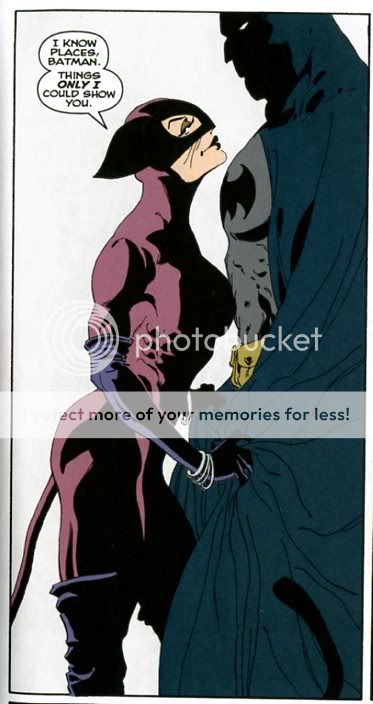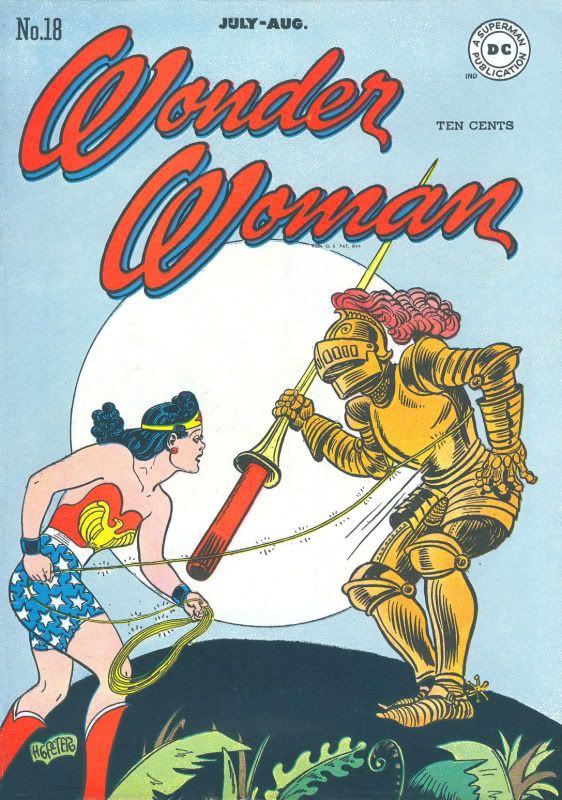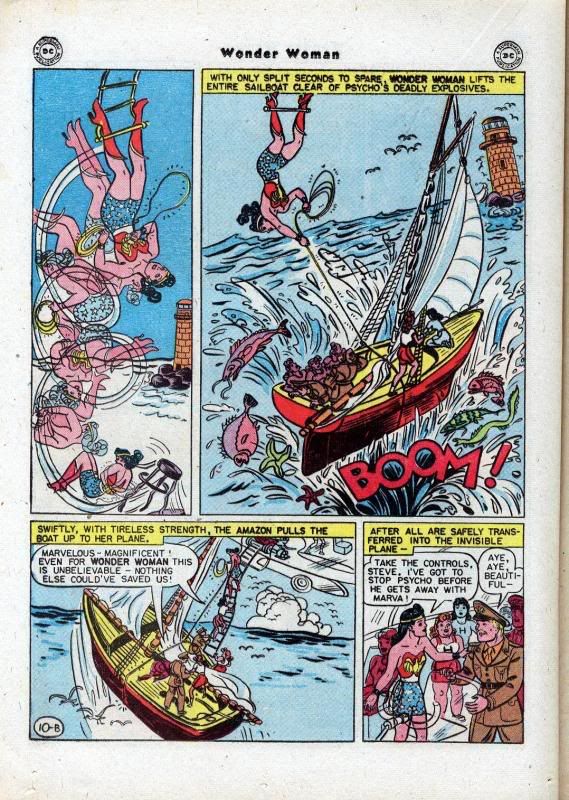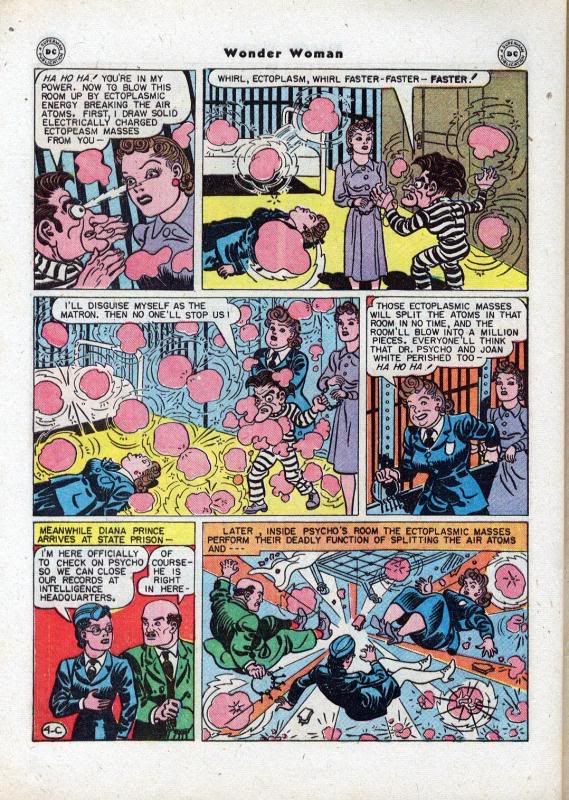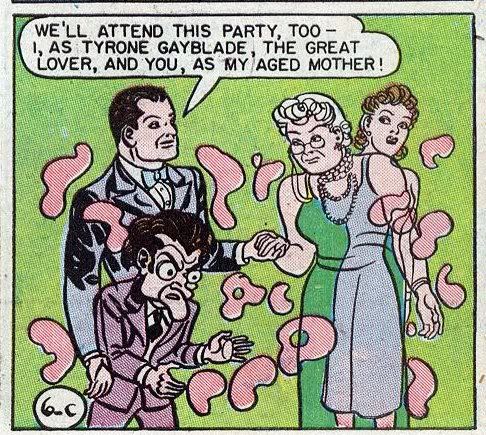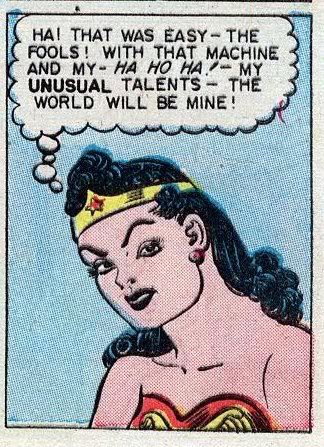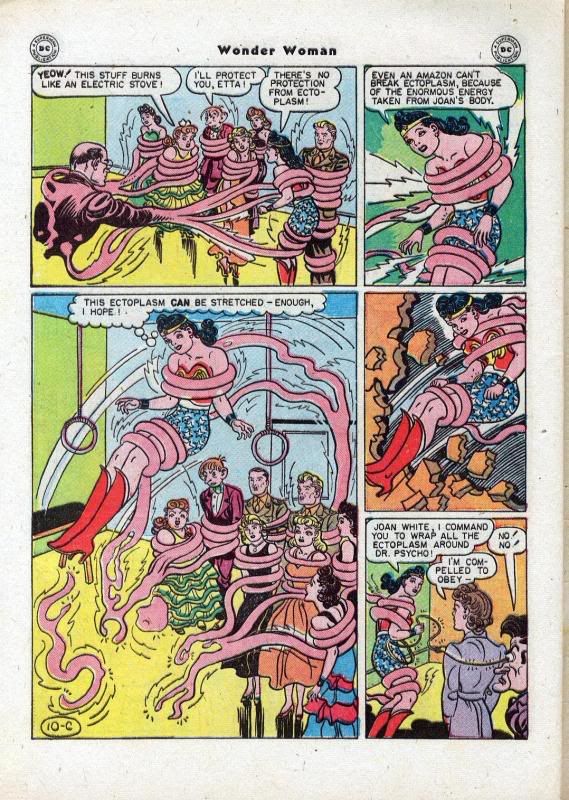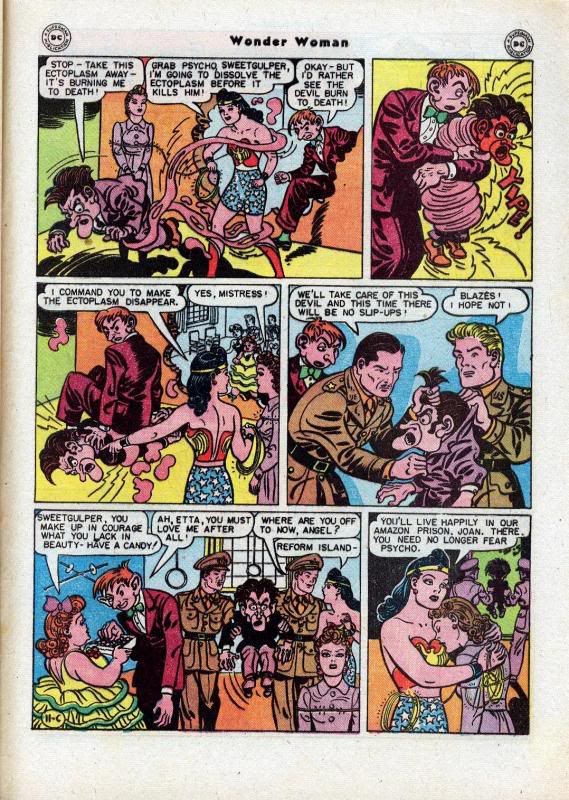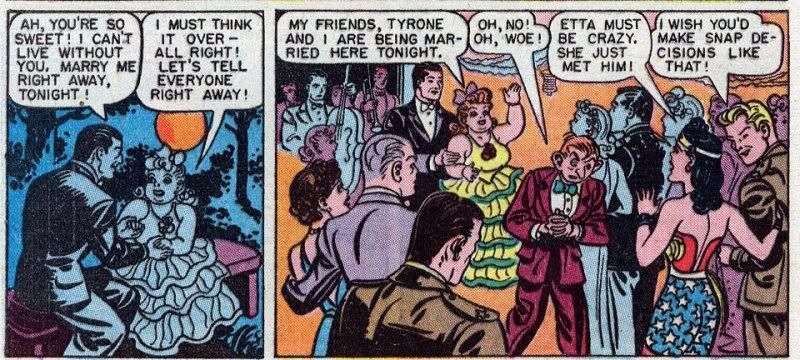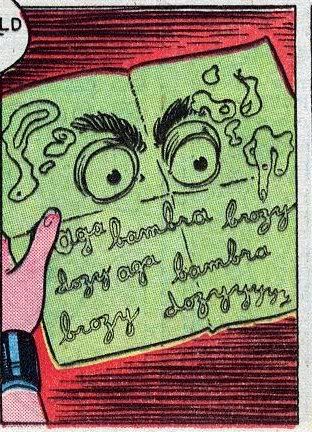
I Shall Never Return, by Kazuna Uchida, 2007-2008, Deux Press
I don’t know. This five-volume series is like a love affair that you try to describe to someone a few years later, and you open your mouth to explain your actions, and nothing comes out because you’re just thinking, no, I was into that person, I’m sure of it, but the details somehow elude me. And yet, I can give you a plot summary for any episode of Star Trek: The Next Generation. So what I’m saying is, it’s not you, I Shall Never Return. It’s me.
I’m pretty sure. This is “a true masterpiece of early yaoi,” the back cover tells me. It was originally published starting in 1992 (through 1995 or so – I seem to have misplaced Volume 5, God knows what happened to it, but surely nobody really cares anyway – what’s a year or two among friends?), and it does have an old-school feel about it. Which is fine. It doesn’t feel particularly dated to me, either in look or content. I’m sure the disaffected young hottie turning tricks because he just doesn’t care what happens to him theme played a little fresher seventeen years ago – I mean, it had to – but I’m a fan of that particular yaoi cliché, so no harm, no foul, either way.
It’s a very small story, for five volumes. And I’m OK with that as well. I never met a good obsessive bit of character development I didn’t like, and if there’s one thing this series does, it’s develop it some characters. Convincingly, even. I’m not going to say much about what or how because I don’t want to give it away, and details won’t help you decide whether you want to read it or not, anyway. There’s a torrid romance between two high-school age boys, with some love triangle action that gets resolved one way or another. Normally I think nothing of providing spoilers, but it wouldn’t be right for this story because there are a number or moments where things could go either way, and the fun comes in wondering what path the character will pick, and how you feel about it. I will say that the ending won’t leave you depressed and sad and cranky and casting about for some stale bit of forgotten chocolate at the back of your desk drawer.
Looking back over our days together, I Shall Never Return, what I appreciate most is that your characters are genuinely sort of complicated in a real-life-ish sort of way. They make unexpected choices, some good and some not so much. And the two main characters love each other. Not in a swoony and completely unrealistic-outside-of-yaoi way (and I’m not putting that down, either), but in a kind of believable real-people-making-real-life-choices sort of way that maybe isn’t exactly swoony but does feel good, especially because the feeling good thing isn’t a foregone conclusion. (Sort of like the love story between Wharf and always-surprisingly-no-matter-how-many-times-you-see-the-reruns stacked Deanna Troi.) (Look, I wove in a Star Trek: The Next Generation reference!) (Also, I ask you, why should the Germans get to have all the hyphenation fun?)
I cared enough about the characters and was curious enough to see where their lives would take them that I wound up reading all five volumes of this series. This isn’t so unusual, in itself. What kind of a Gluey Tart would I be if I weren’t good for five volumes? Damn straight. Here’s the weird thing, though. I bought them one at a time. This may not sound at all weird to you. That would mean you potentially have a healthier and less obsessive relationship with manga than I do. I buy the first one, and if I show signs of liking it about a quarter of the way in, I take steps to get the rest of the volumes in the series immediately. (Sometimes radical steps, in the case of an older series that I came to late and had trouble tracking down used copies of; there was a tense time there getting hold of volume four, although I see that I eventually wound up with two of them – but that is my way, and I’d like to try and think of it as charming). But with I Shall Never Return, I bought one book at a time. I’ve never done that in my life, but for some reason I kept thinking each volume might be the last one I’d want to read. Which never was the case, even with the last one.
So, I don’t know what my problem was. Is. Maybe I was in the mood for yaoi craziness instead of a mostly small-scale and quiet romance. I recommend it to you, though. You’re less shallow than I am. I think you can really make it work, and it deserves that.

